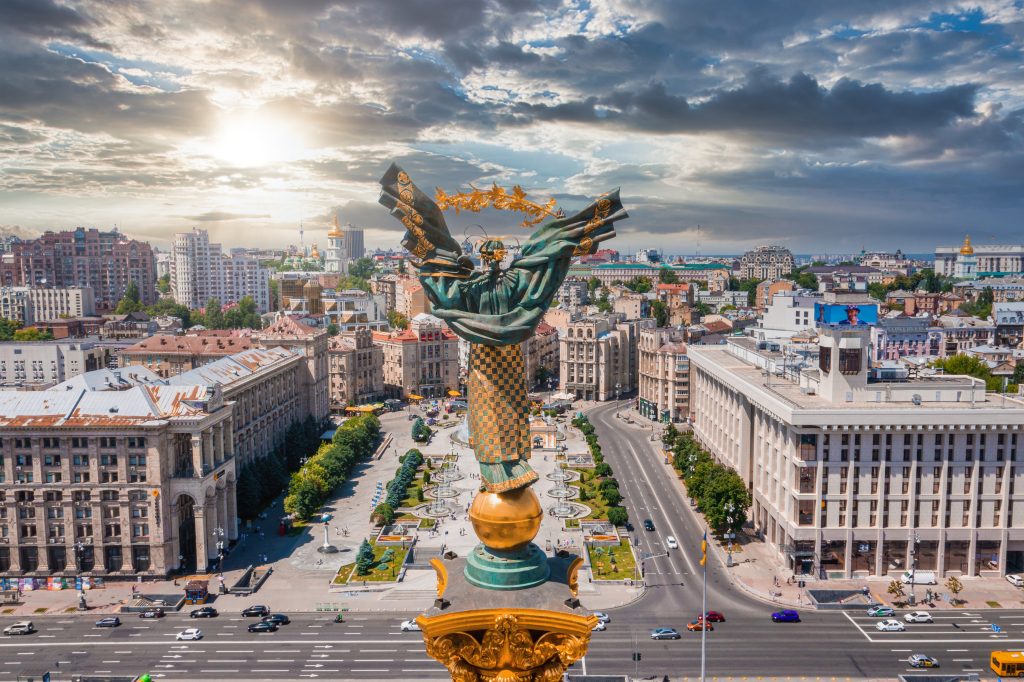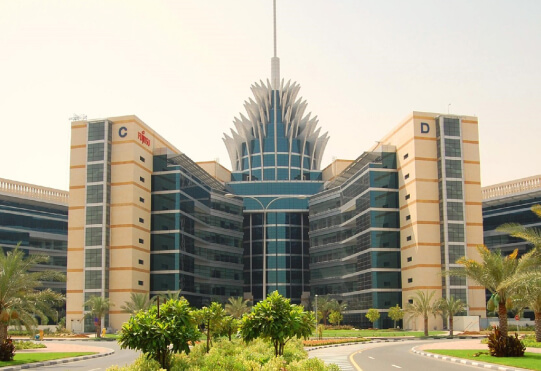Prior to the war, Ukraine was a country with a large consumer market of about 40 million people, a highly educated and cost-competitive workforce that was ranked 61st in the Global Talent Competitiveness Index in 2021, and abundant natural resources. The latest World Bank data shows that foreign direct investment into Ukraine in 2021 consisted of $7.95 billion, most of which went to the country’s IT, agriculture, and manufacturing sectors.
The war had direct implications on the Ukrainian investment scene due to the physical loss of prior investments, loss of workforce, decreased domestic demand, reduced level of solvency, and devaluation of national currency. This deterred foreign investors, therefore, currently, most investment in the country consists of reinvested Ukrainian capital via Deposit Guarantee Fund of Individuals (DGFI) or government bonds. The DGFI method proved to be highly profitable during the war. Since August 2022, the fund has held over 800 auctions on the sale of earlier bankrupt or liquidated assets and gathered over ₴1.5 billion.
The areas that first felt the investment outflow during the war were manufacturing, high-tech production, and enterprises with a high share of immobile fixed assets, for instance, energy. During the war, over 50% of the Ukrainian energy infrastructure has been damaged, destroyed, or remains on the temporarily occupied territories. The traditional centralized energy systems showed their vulnerability in the face of missile attacks, therefore acting as a catalyst for a shift to sustainable and renewable energy sources. Due to severe damages, currently, the energy industry only receives aid in terms of equipment from local and foreign governments. Yet, as Ukraine’s diverse endowment of natural resources paves the prospects to become a European energy hub, the energy industry is expected to attract as much as $20-30 billion after the war. This could mostly come into the expansion of the green energy industry, in particular, hydropower. The development of modern energy infrastructure will also lead to an abundance of cheap energy, which will foster the development of production industrial facilities in the country.
Like the energy sector, infrastructure investments are already becoming the number one investment priority for the government. According to the KSE study, as of September 2022, the damages in the sphere of infrastructure were $35.3 billion which include roads, ports, and railways. Residential construction suffered the most damages, estimated at $50.5 billion. Since the start of the full-scale invasion, the Ukrainian government has opened up for investment ports and production infrastructure facilities that were bought by local investors, for instance, port Ust-Dunaysk. Now the amount of investment required for infrastructure reconstruction is beyond the government’s capacity, so foreign donor involvement is expected. In particular, as construction is considered a more lightweight asset with growing needs and smaller risks, reconstruction or repair of destroyed or damaged facilities, an extensive network of roads, sea and river ports, airports, and railroads should be on top of post-war investors’ agenda, using Ukraine’s strategic European location.
The war accelerated the world food crisis, giving unprecedented attention to Ukraine as the world’s second-largest grain exporter. Now, large investment projects in the Ukrainian agricultural industry occur near the Ukrainian borders, either in building new terminals or expanding exporting facilities in Ukrainian cities or nearby abroad. The Ukrainian government facilitates discussions about bringing investments to build processing facilities, increasing the value of exports. The Ukrainian agricultural industry still has vast potential for foreign investment, especially due to the recent lifting of the moratorium on the sale of agricultural land, effective July 1, 2021.
Despite the full-scale war, the Ukrainian IT industry increased sales by 5.8%, compared to 2021, and it was the only sector that kept positive dynamics. During the war, the sector adjusted its operations, relocating staff abroad or further from the front lines, introducing flexible operations, and providing IT specialists with necessary generators amid blackouts. The government also issued the process of staff reservation from the draft and promoted a special tax and legal status for IT companies, Diia.City. Since Ukraine is the 1st country in Europe by the number of outsourced developers, during the war some projects withdrew from the country fearing blackouts and staff drafts. At the same time, the top 10 Ukraine-made IT startups secured over $83.2 million in funding during the war. The Ministry of Digital Transformation also aims to create a military tech cluster, which is to open up for foreign investment after the war.
To encourage investment during this difficult time, the Ukrainian government offers war risk insurance jointly with MIGA and DFC, partners with firms like J.P. Morgan and BlackRock on developing investment opportunities, and manages theAdvantage Ukraine investment platform. It serves as a database for current and future opportunities for FDI, worth over $400 billion, including PPP projects, privatization deals, and partnerships with private sector companies. Nevertheless, the private investment critical to the country’s recovery remains limited with some examples including companies, such as Kingspan, Nestle, and Bayer, which plan to invest €200, $43, and €35 million respectively by building new production facilities and hubs.
Despite recent improvements, several significant challenges continue to restrict business investment in Ukraine. These include the risks associated with the ongoing war, attacks on energy infrastructure, corruption, and an imperfect rule of law. Ukraine cites its impending EU membership as proof that corruption is on the decline. To soothe fears about the country’s judicial system, the Ministry of Economy intends to allow investors to operate under English commercial law. Yet, the war remains the biggest obstacle to investment, as its scale and unprecedented nature make it difficult to assess risks and determine appropriate compensation rates, leading to limited significant foreign investment.
“Reconstruction opens lots of investment opportunities for building materials producers, logistics companies. As an example, Ukraine will require millions of square meters of residential apartments construction. And there will be a huge potential for suppliers of equipment and different kinds of installations for the construction industry. For manufacturers of such equipment, it is more feasible to build their new plants and launch their production facilities directly in Ukraine. Huge opportunities are opened for manufacturers of engineering communication equipment, such as manufacturers of water, heat and electric supply equipment.
A stable agricultural sector of Ukraine is instrumental for ensuring global food security. The military aggression pointed to the most vulnerable aspect of the agricultural sector of Ukraine – lack of logistics diversification. One of the solutions to this problem could be processing of raw materials on the territory of Ukraine and investment attraction in this sector.
For stable operation and development of supply chains, Ukraine shall continue to develop, re-build and expand the system of logistics hubs. In July 2022 the EU included Ukrainian logistics routes to the Trans-European Transport Network. This will enhance development of multimodal transportation, reduce logistics costs, and foster attraction of European investments aimed at modernizing the sector.” – Sergiy Tsivkach, Chief Executive Officer at UkraineInvest.
One cannot deny Ukraine’s investment potential, as it provides solid investment opportunities even during the full-scale war. These include the reconstruction of critical infrastructure in the liberated and relatively safe areas far from the battlefield, green energy projects around the country, agricultural and logistics projects close to the national borders, and large-scale real estate projects. Despite the war risks, the skilled workforce, competitive costs, and war insurance leave room for attractive projects with reasonable expected return on investment. Looking to the future, Ukraine’s potential for post-war investment is incredibly positive, and foreign investors who enter the market now have a better chance of seizing opportunities once Ukraine wins the war.
****
The material was prepared by Nina Kurochka, Account Executive at CFC Big Ideas.


